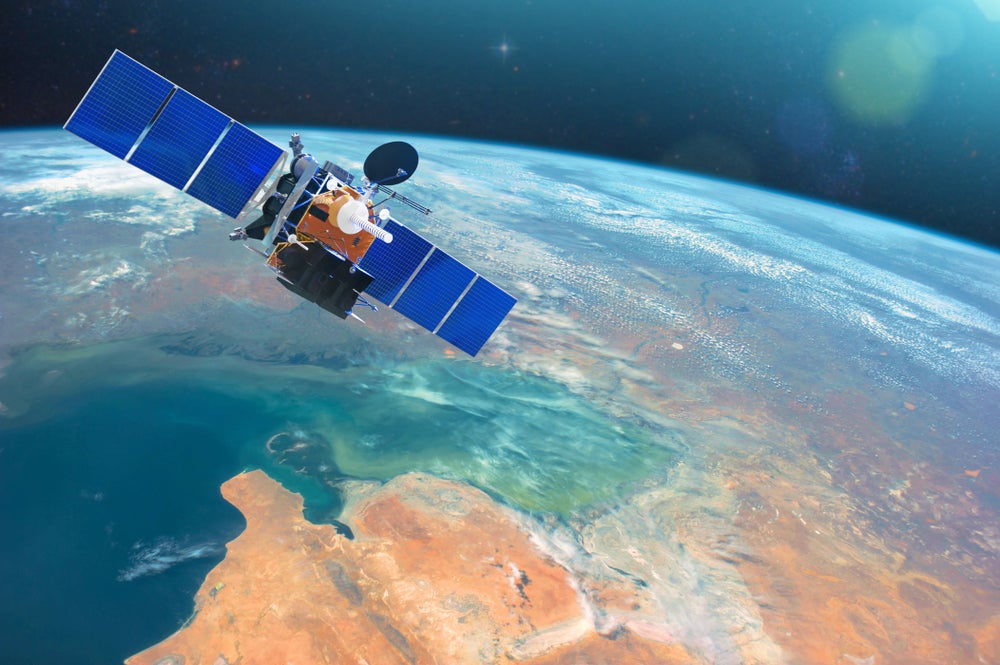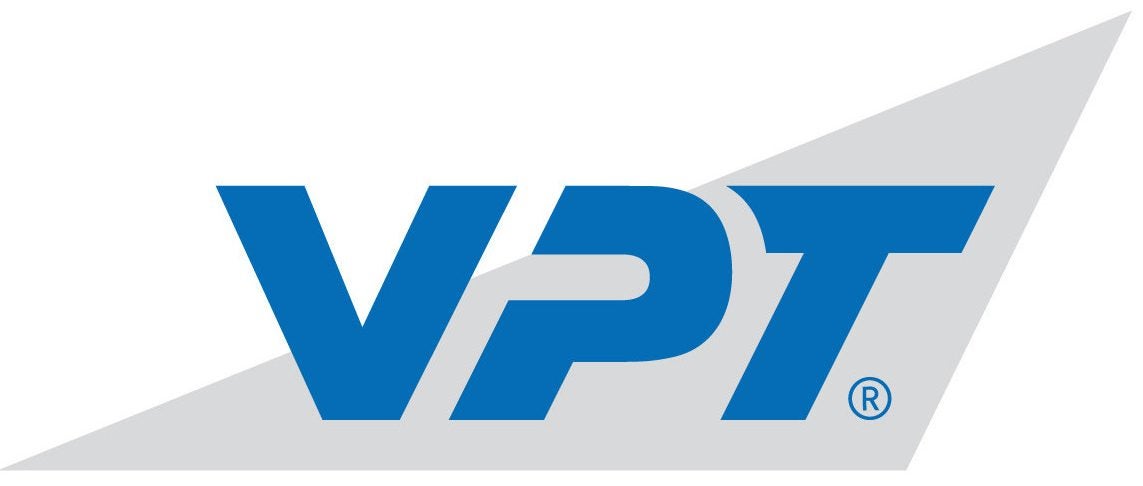
The space economy is booming. In fact, the industry was valued at $424 billion in 2020, representing a colossal growth of 70% over the last decade. Not surprisingly, the industry’s growth is predicted to continue increasing and potentially reach up to $1tn in annual revenue by 2040.
Businesses small, large, public, and private are looking to invest while the industry is on the rise. China’s Tiangong space station became operational in December 2022 following three decades of preparation. Russia announced it will commence work on an orbital outpost of its own after ceasing participation in the ISS next year. Additionally, in 2024 we are expected to see the launch of the first of four of Axiom Space’s commercial modules (to eventually be transformed into a space station) as well as the beginning of a Blue Origin and Sierra Space collaboration of a commercial station, Orbital Reef.
Not only are there continued growth and investments from the pre-existing companies in the industry, but also, we can expect to see a new generation entering the market in the coming decades. Space tourism, agricultural, energy, and financial technology start-ups are turning their attention to space to revolutionise their offerings. From satellites for expanding existing technologies to rockets pushing the boundaries of space exploration, the infrastructure that will characterise this new market is diverse and growing.
The many faces of space
The continuation of space exploration in a variety of industries is positively impacting lives around the world in more ways than just one. This upward movement is mostly driven by on-Earth uses, like internet connections and TV reception. These uses are projected to grow and diversify in the coming years.
A primary on-Earth driver is the internet. The International Telecommunication Union data suggests that 92% of North Americans have used the internet in the past three months, compared to 30% of Sub-Saharan Africans. Usage among the former is continuing to rise while in parallel there is massive capacity for expansion in the latter. To accommodate this growth, new yet affordable satellites will be needed in order to deliver internet to growing domestic and international markets.
Demand for space technology is also rising thanks to its growing and varied use in government operations. Servir, a partnership between NASA and the US Agency for International Development, is helping to tackle food shortages by monitoring crop conditions in real time. And collaboration with private organisations to monitor movements of troops and weapon systems has provided valuable intelligence on the latest battle lines in ongoing war in Ukraine. From energy (where companies are assessing environmental interference with infrastructure to prevent outages) to mining (boosting connectivity between remotely located sites and helping to map emission zones) and insurance (tracking and evaluating risks in far-flung locations), numerous applications for satellite technology are rapidly becoming clear.
Although a nascent area, tourism is another steadily growing segment of the space economy. According to GlobalData projections, the space tourism market size could grow more than ten times in size between 2021 and 2030.
For now, low Earth orbit jaunts remain the preserve of billionaires. But the accessibility of space tourism will start to trickle down over the coming years. Already companies like Space Perspective are sending payloads and paying customers into the stratosphere. As the materials needed to reach space become cheaper, the space tourism market will become more scalable. High-wealth markets like the US, China, Japan, the UK, India, Germany, Canada, France, Hong Kong, and Australia are ripe for expansion, according to GlobalData analysis.
Demand versus supply
There is a clear government and industry appetite to leverage cutting-edge technology and exploit space’s commercial opportunities. The question over the coming years is whether the technology exists to satisfy this appetite and to make space exploration more affordable.
Current indications are positive. GlobalData patent analytics reveals the speed with which licenses for space-age technology have spread across myriad industries over the past two decades.
GlobalData research points to two main strands of technology driving growth in space patents. One is near-space operation systems that facilitate operations above 70,000 feet, enabling stratospheric visits using lighter-than-air vehicles. The second is pods for near-space flights. Primarily of interest for the space tourist sector - but relevant to all types of space research involving humans - these are expediting studies into pressurised bodies to make space travel safer and more comfortable.
Taken altogether, infrastructural advancements are allowing humans to coordinate complex manned and unmanned operations on the edge of space. These are proceeding at pace and will alleviate hitherto prohibitive costs. These costs are therefore expected to crash, as GlobalData figures highlight.
Space launches once meant huge losses for the organisations conducting them. Upfront operational and material costs, as well as the difficulties associated with attempting to salvage pricey launch paraphernalia, meant each project was like starting afresh. But the industry is becoming more efficient as technological advancement in materials, payloads and vehicle sustainability ramps up. By 2040, the cost of the average launch could drop by as much as 93% compared with current levels.
For firms looking to make the leap into space, much of the technology needed to do so is already available.
The technology of tomorrow - today
When it comes to powering commercial satellites, companies working towards a launch have a substantial amount of research to complete. Component manufacturers all claim high reliability, but what a firm needs to conduct a commercial space operation varies case by case. For example, low Earth orbit (LEO) satellite constellations, located within the planet’s inner atmosphere, can get away with “radiation tolerant” rather than radiation-proof parts. Working with a power conversion expert can lower the barriers involved with successfully launching a critical mission into space.
Consider VPT’s range of DC-DC converters and accessories. It includes the…
- SVL series (boasting Total Ionising Dose performance with an operational range spanning LEO to deep space missions)
- SVR series (designed to achieve TOR compliance, enabling protection suitable for launch vehicle programmes)
- SGR series (offering GaN-based DC-DC converters – the first commercially available line of its type, providing maximum efficiency and radiation protection).
VPT’s off-the-shelf products are enabling ambitious entrepreneurs to invest today. Particularly noteworthy is the VSC series. Providing protection for LEO applications thanks to the series’ guaranteed radiation tolerance, it is the first commercially available off-the-shelf DC-DC converter. Surface-mounted PCB manufacturing techniques render costly radiation-hardened components unnecessary. Your satellites may be stratospheric – but with VPT, prices needn’t be.
While cost barriers will continue to fall as we inch closer to 2040, businesses aiming to be on the frontier of the commercial space revolution do not need to wait until then before staking a claim in the space. VPT offers a variety of DC-DC converter quality levels, three distinct product lines, and on-hand expertise to help decision-makers achieve the reliability and performance they need for their next mission. Download the "Selecting the Correct Level of DC-DC Converter for Your Application” app note below to find out how the industry’s leading experts in DC-DC power solutions can help you power your mission today.


